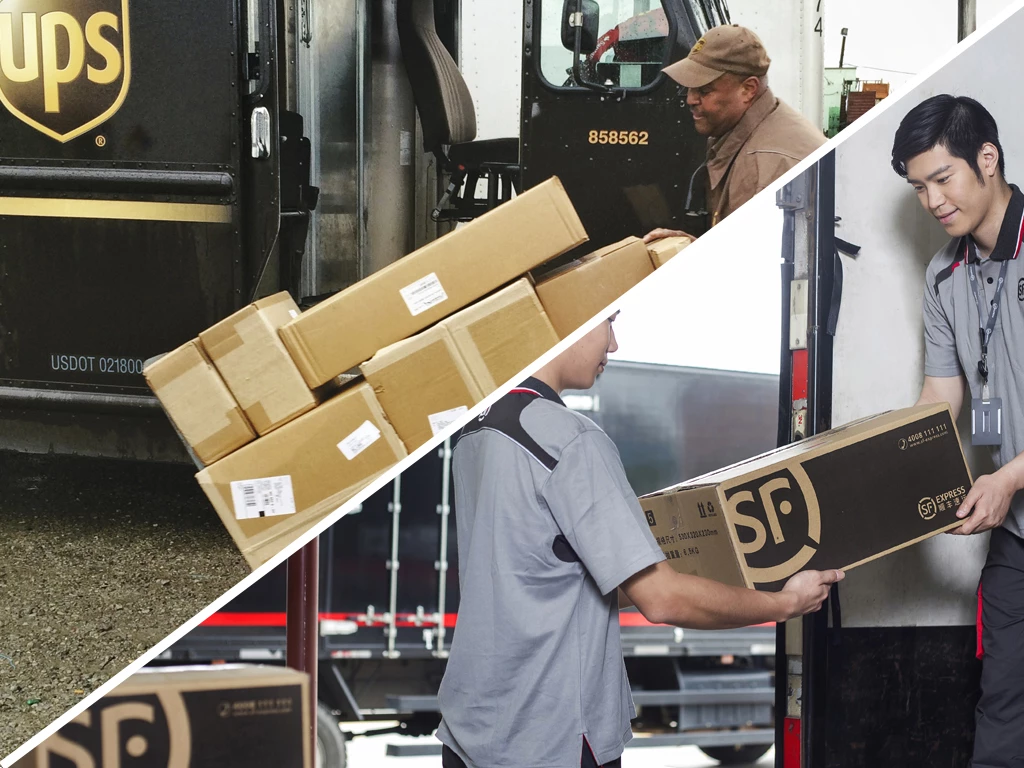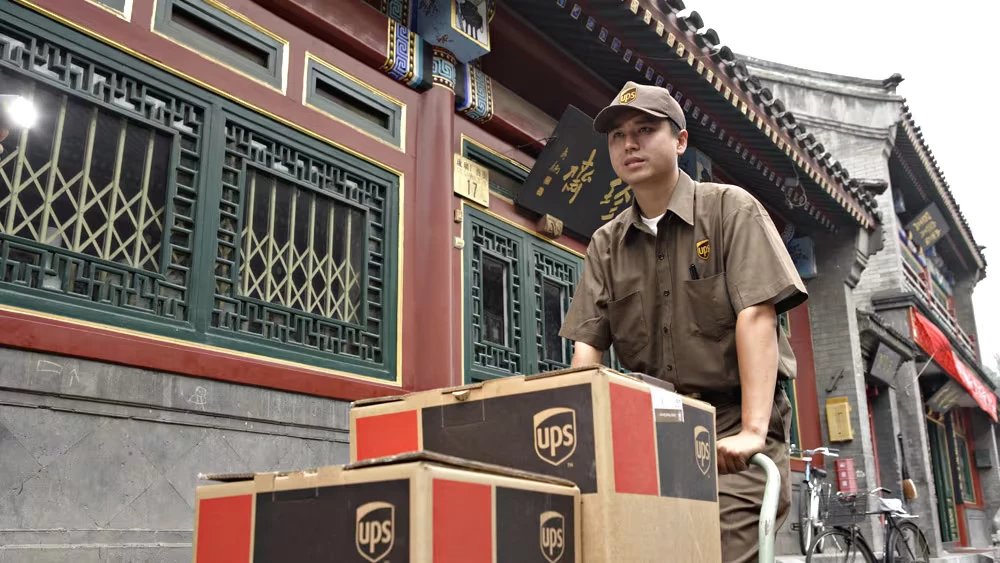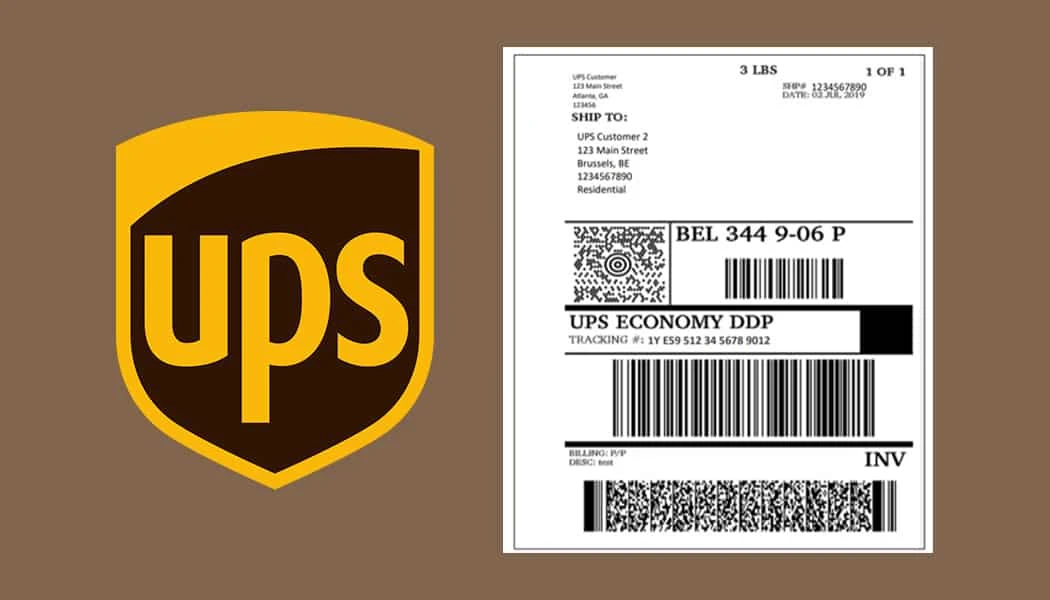Ups Exception: Dealing With UPS Shipment Exceptions
Understanding Ups Exception and knowing how to deal with them can help ensure smoother shipping experiences. In this article, we will explore various UPS shipment exceptions, their causes, and effective solutions.

Ups Exception: Dealing With UPS Shipment Exceptions
UPS (United Parcel Service) is a renowned shipping and logistics company that handles millions of packages every day.
While UPS strives to provide reliable and timely delivery services, there are instances when shipments encounter exceptions that can disrupt the delivery process.
UPS shipment exceptions refer to any unexpected events or issues that occur during the transit of a package, resulting in a delay or disruption of the delivery process.
These exceptions can range from minor address corrections to more significant problems like damaged or lost packages. It is important to address these exceptions promptly to avoid further complications and ensure successful delivery.
READ ALSO!!!
- UPS Worldwide Saver: What is It?
- UPS Ship Food: Can You Ship Frozen Food With Ups?
- How to Ship a Bike UPS
- What is UPS Surepost and How Does It Work?
Common Types of UPS Shipment Exceptions
UPS operates a complex network to ensure the efficient transportation of packages from the sender to the recipient.
However, several factors can contribute to shipment exceptions, causing delays or even failed deliveries. Let’s explore some of the common types of UPS shipment exceptions in detail.
1. Weather-Related Delays
Weather conditions can have a significant impact on package deliveries. Severe storms, hurricanes, blizzards, or even extreme heat can disrupt transportation networks and cause delays.
UPS prioritizes the safety of its employees and may temporarily suspend operations in regions affected by adverse weather conditions.
2. Address Issues
One of the common causes of shipment exceptions is address-related problems. It could be an incorrect or incomplete address, missing apartment numbers, or a typographical error.
Such issues can lead to failed deliveries or the return of the package to the sender. Always ensure that you provide accurate and complete address information when sending a package.
3. Missing or Incorrect Package Information
For a smooth delivery, UPS requires all the necessary information about the package, including the sender’s and recipient’s contact details, item description, weight, and dimensions.
Missing or incorrect package information can result in shipment exceptions, as UPS needs accurate data to process and route the package correctly.
4. Customs Delays
For international shipments, customs clearance is an essential step. Various factors, such as customs inspections, documentation requirements, and import regulations, can cause delays.
UPS provides guidance on international shipping requirements, but sometimes unforeseen circumstances can lead to shipment exceptions due to customs-related issues.
5. Damaged Packages
While UPS takes utmost care in handling packages, unfortunately, some packages may arrive at their destination with visible damage.
If the contents are damaged or the package is in poor condition, it is essential to report it to UPS immediately. They will initiate an investigation and take appropriate action to address the situation.
6. Security Concerns
UPS has robust security measures in place to ensure the safety of packages during transit. Occasionally, security concerns, such as suspicious contents or regulatory requirements, may lead to shipment exceptions.
UPS works closely with relevant authorities to resolve any security-related issues efficiently.
7. Delivery Attempts
In some cases, UPS may make multiple delivery attempts if the recipient is unavailable or the delivery location is inaccessible.
However, if UPS is unable to deliver the package after multiple attempts, it may result in a shipment exception.
To avoid this, it is crucial to provide accurate recipient contact information and ensure someone is available to receive the package.
8. Signature Required
Certain packages require a recipient’s signature upon delivery. If the recipient is unavailable or fails to sign for the package, it may result in a shipment exception.
UPS offers options for rescheduling delivery or redirecting the package to a UPS Access Point for convenient pickup.
9. Billing Issues
Billing problems can also lead to shipment exceptions. Issues such as insufficient funds, invalid payment methods, or discrepancies in billing information can cause delays or even hold the package.
It is advisable to ensure all billing details are accurate and up to date to avoid any interruptions in the shipping process.
International Shipment Restrictions
When shipping internationally, it is crucial to be aware of the destination country’s specific restrictions and regulations. Prohibited items, customs duties, or import/export restrictions can result in shipment exceptions.
UPS provides resources and guidelines to help navigate these restrictions, ensuring a smooth shipping experience.
1. Package Refused
In some instances, the recipient may refuse to accept a package. This refusal could be due to various reasons, such as incorrect items, a damaged package, or a change in the recipient’s preferences.
A refused package will be returned to the sender, and it may result in a shipment exception.
2. Inaccessible Delivery Location
Certain delivery locations can pose challenges for UPS drivers, such as gated communities, restricted areas, or locations with limited access.
If the delivery location is inaccessible, UPS may classify it as a shipment exception. To avoid such situations, it is recommended to provide clear instructions or alternative delivery options when necessary.
3. Undeliverable Packages
There are instances when a package becomes undeliverable due to various reasons, including incorrect address, refused package, or unsuccessful delivery attempts.
When a package is deemed undeliverable, UPS will return it to the sender or hold it for a specific period. It is essential to communicate with UPS promptly to resolve any issues with undeliverable packages.
Reasons for UPS Shipment Exceptions

Understanding the reasons behind UPS shipment exceptions can help prevent future occurrences and facilitate smoother shipping experiences. Here are some common causes of these exceptions:
1. Incomplete or Incorrect Address
Providing an incomplete or incorrect address is one of the primary reasons for shipment exceptions.
It is crucial to double-check all address details, including street names, house numbers, zip codes, and unit numbers, to ensure accurate delivery.
2. Receiver Unavailable
If the recipient is not available at the time of delivery, UPS may encounter an exception. This could be due to the receiver being out of town, unavailable during specific hours, or not responding to delivery attempts.
3. Damaged Packaging
Inadequate packaging or improper handling of packages can result in damage during transit. It is essential to properly pack and protect items to minimize the risk of damage and subsequent exceptions.
4. Delayed or Lost in Transit
Occasionally, packages may experience delays or get lost in transit due to unforeseen circumstances. These could include severe weather conditions, logistical issues, or technical glitches within the UPS network.
READ ALSO!!!
- How to Send a Package UPS
- UPS for Small Business
- Understanding UPS Shipping Zone
- What is Ups Mychoice and How Does it Work?
How to Resolve UPS Shipment Exceptions
Resolving UPS shipment exceptions requires prompt action and coordination between the shipper and UPS. Here are some steps to resolve different types of exceptions:
1. Address Correction
If an address correction is required, promptly provide the accurate address details to UPS. You can do this through the UPS website or by contacting their customer service.
Timely address correction will ensure that the package reaches the correct destination without further delays.
2. Scheduling a Delivery
In cases where UPS encounters a “Delivery Attempted – No Access” exception, you can schedule a new delivery attempt by providing UPS with suitable delivery instructions.
This could include authorizing driver release, rescheduling delivery for a specific date, or arranging for package pickup at a UPS location.
3. Filing a Claim
For damaged or lost packages, filing a claim with UPS is essential. Provide detailed information about the package, its contents, and the damage incurred.
UPS will investigate the claim and provide compensation or resolution accordingly.
4. Tracking and Monitoring
Utilize UPS tracking services to monitor the progress of your shipment. By tracking your package’s journey, you can identify any exceptions early on and take appropriate actions to address them promptly.
Tips for Preventing UPS Shipment Exceptions
Prevention is key to minimizing UPS shipment exceptions. Here are some useful tips to help prevent these exceptions from occurring:
1. Double-Check Address Information
Before shipping a package, carefully verify and double-check all address information. Ensure that the recipient’s name, address, and contact details are accurate to avoid address-related exceptions.
2. Provide Alternate Delivery Instructions
Consider providing alternative delivery instructions when placing your shipment. For example, you can request to leave the package with a neighbor or a front desk if the recipient is unavailable during delivery attempts.
3. Properly Pack and Protect Your Package
Take the time to pack your items securely to minimize the risk of damage during transit. Use appropriate packaging materials, such as bubble wrap or packing peanuts, and choose sturdy boxes that can withstand the shipping process.
4. Utilize UPS Tracking Services
Take advantage of UPS’s tracking services to monitor the progress of your shipment in real time. By staying informed about the package’s location and estimated delivery time, you can proactively address any exceptions that may arise.
Conclusion
Dealing with UPS shipment exceptions requires proactive measures and effective communication.
By understanding the common types of exceptions, their causes, and the steps to resolve them, shippers can ensure smoother and more successful deliveries.
Remember to pay attention to address accuracy, package protection, and utilize UPS’s tracking and customer service resources.
With these strategies in place, you can minimize the occurrence of UPS shipment exceptions and enhance your overall shipping experience.
